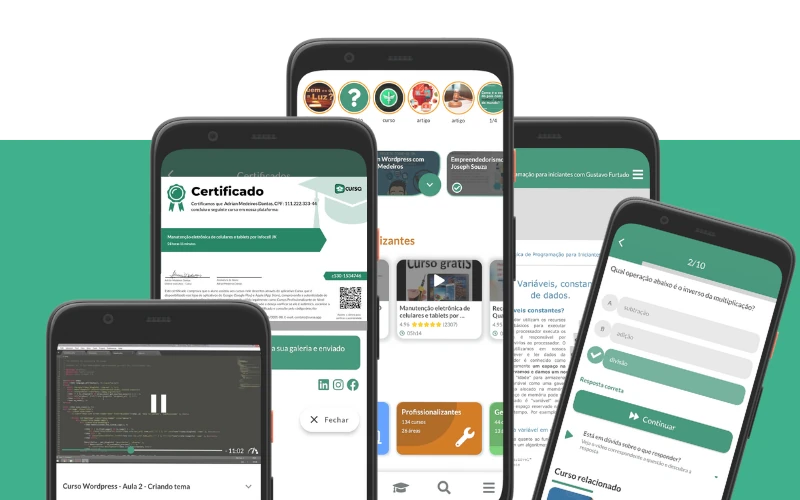Chapter 10: Public Transportation - How to Navigate Buses, Trains, and Subways
Traveling to a new country can be exhilarating, yet navigating public transportation can sometimes be a daunting task. Understanding how to use buses, trains, and subways effectively is essential for a seamless travel experience. This comprehensive guide will provide you with the necessary tools to confidently use public transportation systems while abroad.
Understanding the Basics
Before diving into the specifics of each mode of transportation, it's important to grasp some general principles that apply to most public transit systems:
- Maps and Schedules: Familiarize yourself with transit maps and schedules. These are usually available at stations, online, or through mobile apps.
- Tickets and Passes: Determine whether you need to purchase tickets or passes in advance or if you can buy them on board.
- Payment Options: Be aware of accepted payment methods. Some systems may require exact change, while others might accept credit cards or mobile payments.
- Zone Systems: Many cities have zone-based systems that affect pricing. Understand the zones to avoid overpaying or fines.
- Peak Hours: Be mindful of rush hours when services can be crowded and schedules might differ.
Buses
Buses are a versatile and widespread form of public transportation. They can take you from major transport hubs to local neighborhoods.
How to Use Buses
- Bus Stops: Locate the nearest bus stop. Look for signs indicating the bus number and direction of travel.
- Boarding: Have your ticket or fare ready before the bus arrives. Queue in an orderly fashion and let passengers alight before boarding.
- Validation: Upon boarding, validate your ticket or pass as required. This could be a machine near the driver or turnstiles.
- Stops: Buses typically stop at designated points. Signal the driver in advance if you wish to alight at the next stop.
- Exiting: Exit through the designated doors, often marked or announced. Thank the driver if it's customary in the local culture.
Tips for Bus Travel
- Always check the timetable, as some routes may have limited service during weekends or holidays.
- Keep an eye on your belongings, especially in crowded buses.
- If you're unsure about your stop, ask the driver or a fellow passenger for help.
Trains
Trains are a fast and reliable way to traverse longer distances, whether within a city or between regions.
How to Use Trains
- Train Stations: Identify the correct station for your departure. Larger stations may have multiple entrances and platforms.
- Tickets: Purchase your ticket before boarding. This could be from a ticket counter, machine, or app.
- Validation: Validate your ticket if required, either at a turnstile or a validation machine.
- Boarding: Find the correct platform and wait for your train. Stand behind the safety line and let passengers alight before boarding.
- Onboard: Once on the train, find a seat or a safe spot to stand. Monitor station announcements or displays for your stop.
- Exiting: Prepare to exit as the train approaches your stop. Move towards the doors and alight promptly.
Tips for Train Travel
- Reserve seats in advance if possible, especially for long-distance trains.
- Be aware of quiet cars or zones where talking and phone use might be restricted.
- Keep your ticket handy as some train systems conduct onboard checks.
Subways
Subways, also known as metros or undergrounds, are the lifeline of many urban areas, offering a quick way to navigate busy cities.
How to Use Subways
- Subway Maps: Study the subway map to understand routes and connections. These are usually color-coded for ease of use.
- Tickets: Purchase tickets from machines or kiosks. Some cities offer contactless payment directly at the turnstile.
- Entry: Enter through the turnstile by swiping your ticket or card. Keep your ticket for exiting or transferring.
- Finding Your Line: Follow signs to your line, paying attention to the direction of travel.
- Boarding: Wait for the subway to come to a complete stop and doors to open before boarding. Move away from the doors once inside.
- Monitoring Your Stop: Listen for announcements or watch for station signs to know when to alight.
- Exiting: As your stop approaches, make your way to the doors. Exit promptly to keep the flow of passengers smooth.
Tips for Subway Travel
- During peak hours, subways can be very crowded. Be prepared for close quarters and protect your valuables.
- If you miss your stop, it's usually best to get off at the next station and take a train back rather than trying to switch directions on the same platform.
- Be mindful of any service changes, especially on weekends and late at night, as maintenance work can affect normal routes.
Final Thoughts
Mastering the use of public transportation can significantly enhance your travel experience. It allows you to explore destinations at your own pace, often leading to more authentic interactions and discoveries. By following the guidelines provided in this chapter, you'll be able to navigate buses, trains, and subways like a local, making your travels smoother and more enjoyable.
Remember to always stay alert, be courteous to fellow passengers, and seek assistance if you're ever in doubt. With a bit of preparation and these tips in mind, you're ready to tackle the public transportation systems on your next adventure!









